Japanese Knife for sale.

【The main business area >> Intex Osaka│Restaurant of Japan│Display│ Other】
【Use >> Exhibition│Sales promotion│Decoration in the shop│Restaurant│ and every use!】
![]() Japanese Knife for sale
「Please inform us if we happen to be more expensive than any other companies!
Japanese Knife for sale
「Please inform us if we happen to be more expensive than any other companies!
We would like to improve ourselves!」
![]() Why is it possible that we can be cheaper than other companies?
Why is it possible that we can be cheaper than other companies?
As a matter of couse, in parallel with that, we can beat any company when it comes to skills or first class service!
We are operating on a smaller, more effective orbit and are aiming to become a lovable company by sharing low prices with our customers.
These prices are made possible by our web based sales system, which is super low cost!

 We recommend japanese knife
We recommend japanese knife
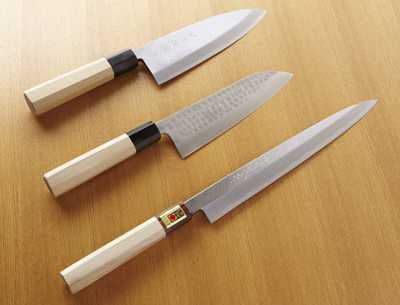


| Product Type : | japanese knife |
| Use : | Hotel,Restaurant, Shop, Home |
| Packaging Details | Standard safe packing or upon your request |
| Delivery Time | 5-30 days after the order confirmation |
| Place of Origin : |
Japan |
| Brand Name : | EVENT21 |
| Model Number : |


| Packaging Detail : | Standard safe packing or upon your request |
| Delivery Detail : | 5-30 days after the order confirmation |


| Custom Logo: | Available |

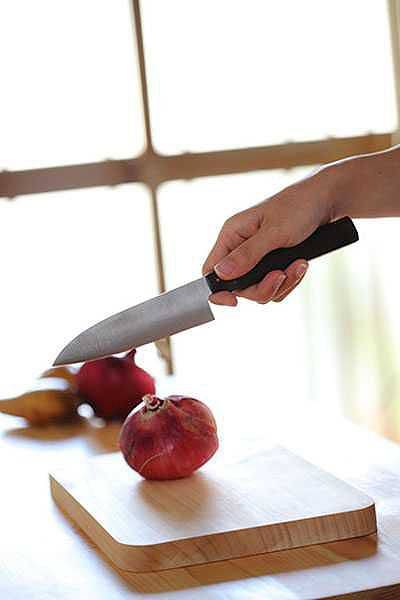
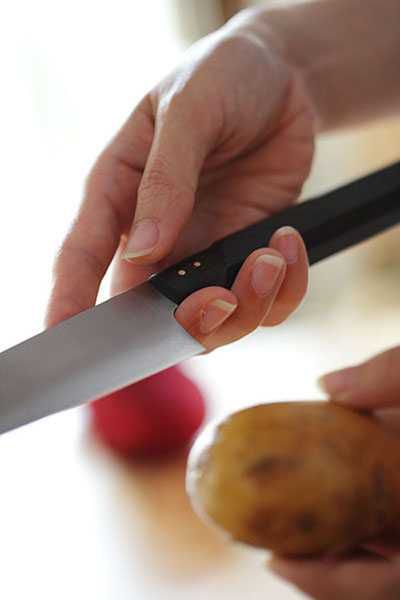
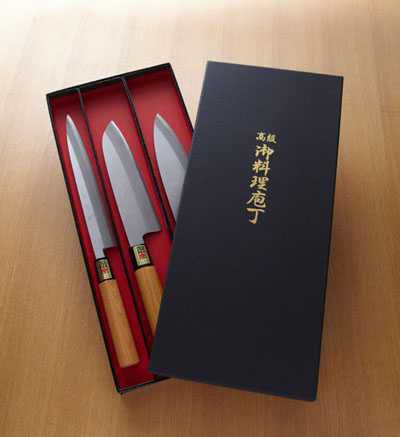
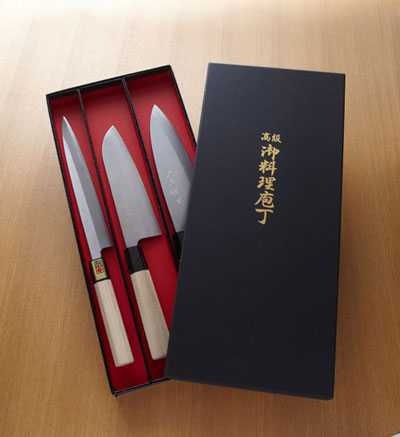
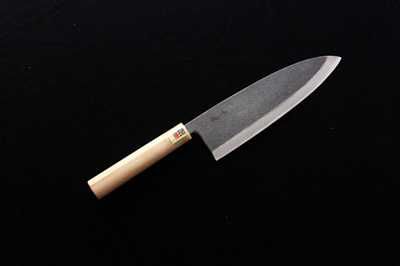
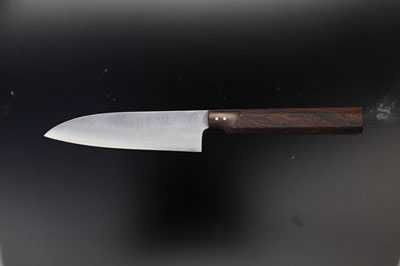
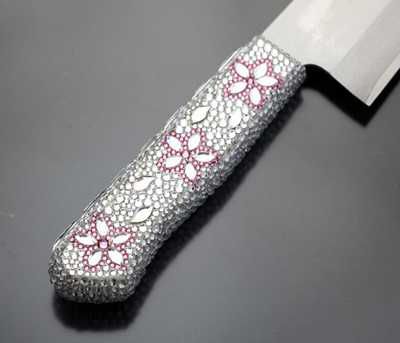
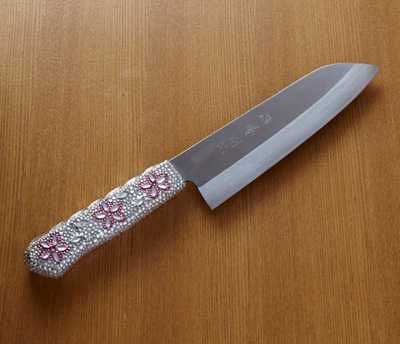
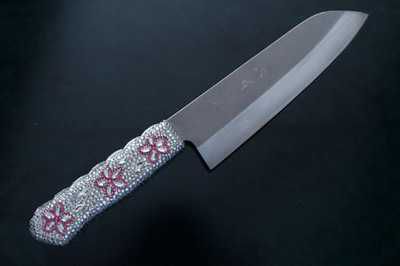
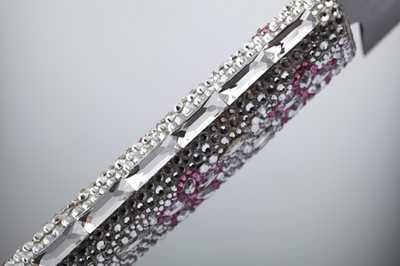
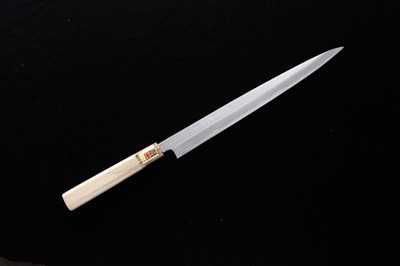
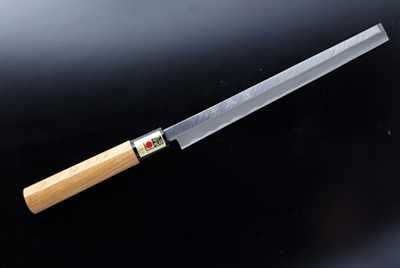
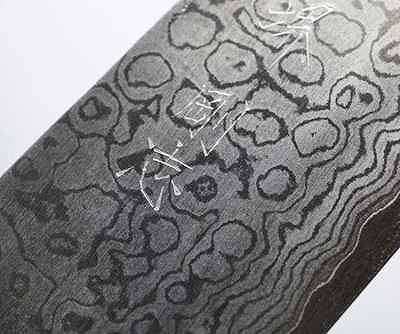
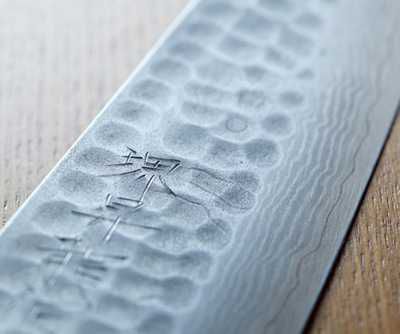
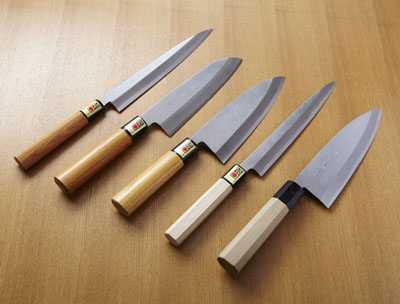

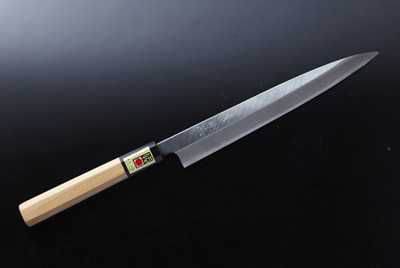
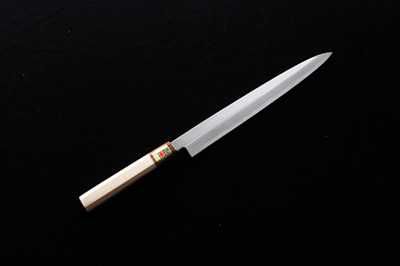
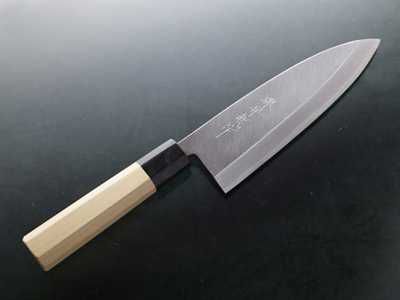
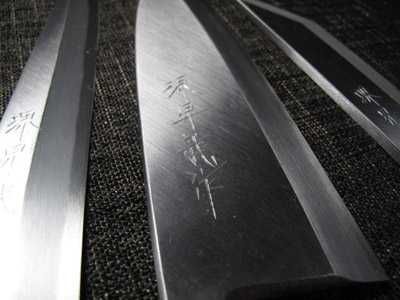
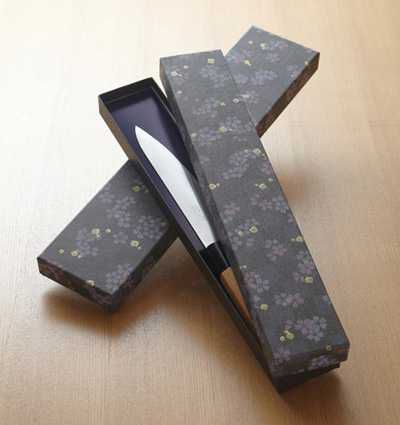
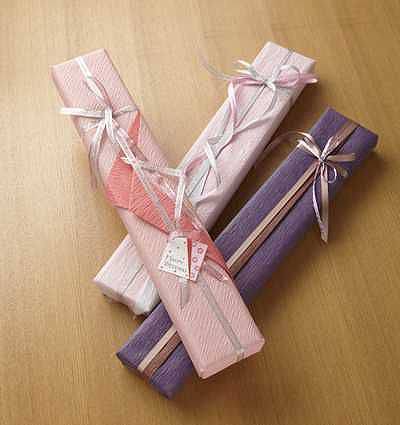
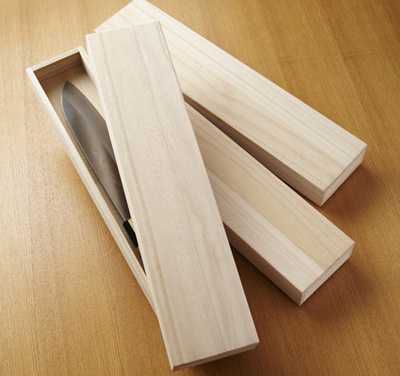
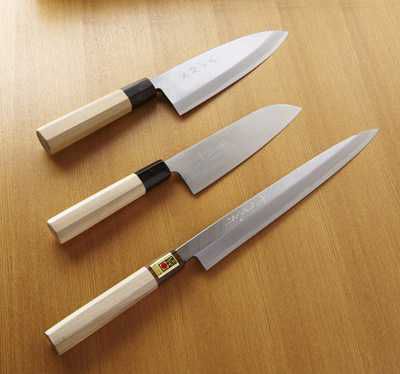
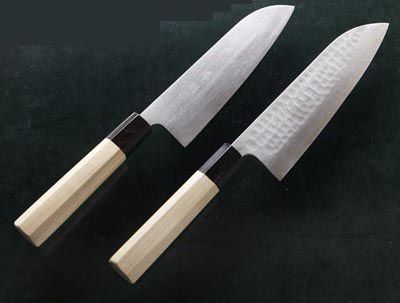
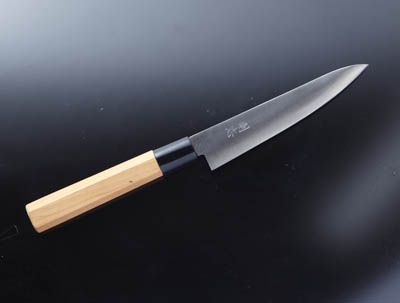
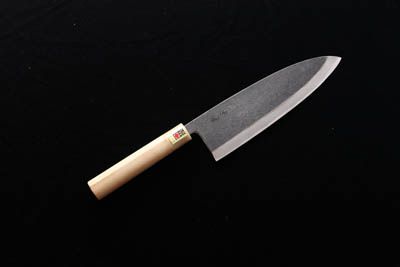
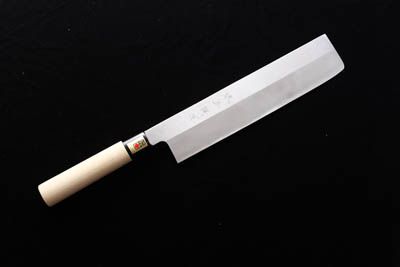
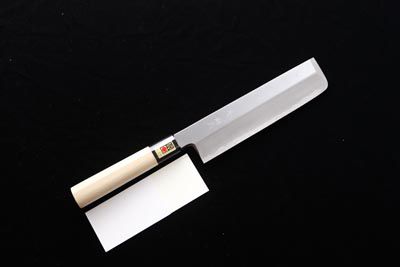
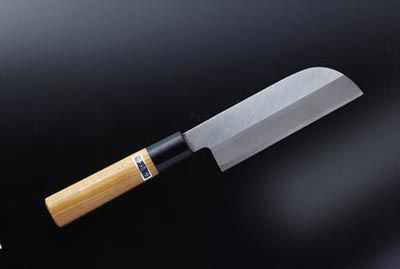

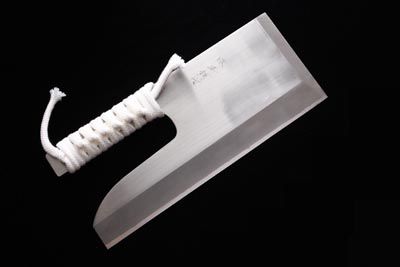
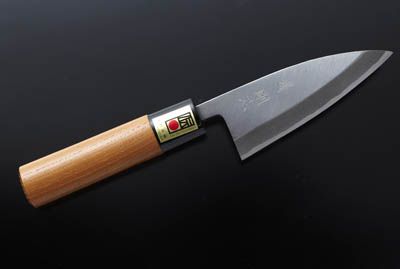
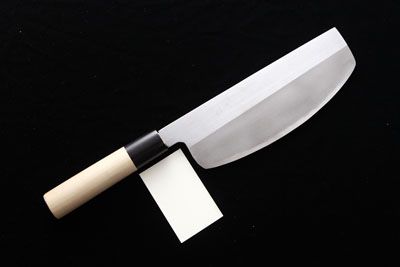
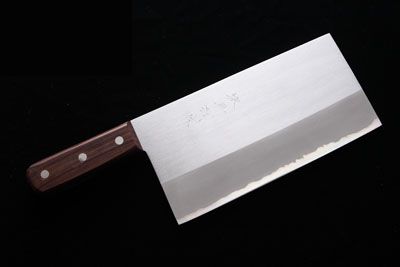

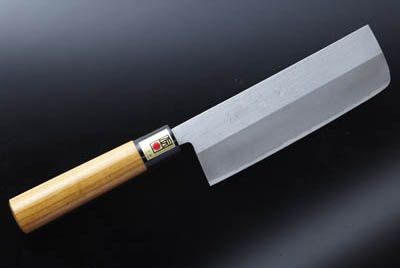
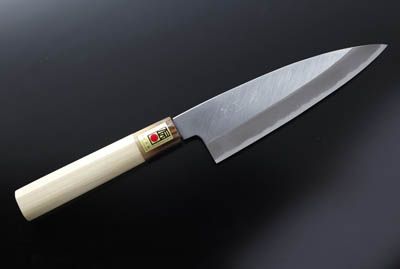
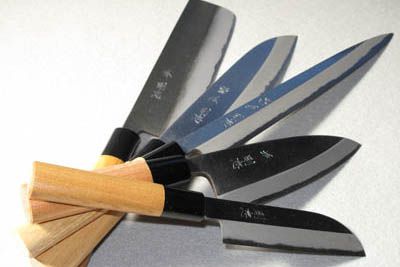

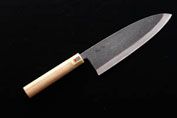
-
Santoku boucho
The Santoku has a straighter edge than a chef's knife, with a blunted sheepsfoot-tip blade and a thinner spine, particularly near the point. From 12 cm to 18 cm (5 to 7 inches) long, a true Japanese Santoku is well-balanced, normally flat-ground, and generally lighter and thinner than its Western counterparts, often using superior blade steels [citation needed] to provide a blade with exceptional hardness and an acute cutting angle. This construction allows the knife to more easily slice thin-boned and boneless meats, fish, and vegetables. Many subsequent Western and Asian copies of the Japanese Santoku do not always incorporate these features, resulting in reduced cutting ability. Some Western Santoku-pattern knives are even fitted with kullen/kuhlen, scallops on the sides of the blade above the edge, in an attempt to reduce the sticking of foods and reduce cutting friction. A standard in Asian (especially Japanese) kitchens, the santoku and its Western copies have become very popular in recent years with chefs in Europe and the United States.
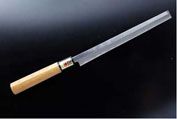
-
Sashimi boucho
Tako hiki, yanagi ba, and fugu hiki are long thin knives used in the Japanese kitchen, belonging to the group of Sashimi boucho to prepare sashimi, sliced raw fish and seafood. Similar to the nakiri bocho, the style differs slightly between Tokyo and Osaka. In Osaka, the yanagi ba has a pointed end, whereas in Tokyo the tako hiki has a rectangular end. The tako hiki is usually used to prepare octopus. A fugu hiki is similar to the yanagi ba, except that the blade is thinner. As the name indicates, the fugu hiki is traditionally used to slice very thin fugu sashimi. The length of the knife is suitable to fillet medium sized fish. For very large fish such as tuna, longer specialized knives exist, for example the almost two-meter long oroshi hocho, or the slightly shorter hancho hocho.
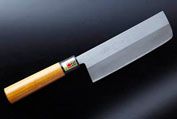
-
Nakiri boucho
Nakiri bocho and usuba bocho are Japanese-style vegetable knives. They differ from the deba bocho in their shape, as they have a straight blade edge suitable for cutting all the way to the cutting board without the need for a horizontal pull or push. These knives are also much thinner. While the deba bocho is a heavy blade for easy cutting through thin bones, the blade is not suitable for chopping vegetables, as the thicker blade can break the vegetable slice. The nakiri bocho and the usuba bocho have much thinner blades, and are used for cutting vegetables. Nakiri bocho are knives for home use, and usually have a black blade. The shape of the nakiri bocho differs according to the region of origin, with knives in the Tokyo area being rectangular in shape, whereas the knives in the Osaka area have a rounded corner on the far blunt side. The cutting edge is angled from both sides, called ryoba in Japanese. This makes it easier to cut straight slices. Usuba bocho are vegetable knives used by professionals. They differ from the Nakiri bocho in the shape of the cutting edge. While the nakiri bocho is sharpened from both sides, the usuba bocho is sharpened only from one side, a style known as kataba in Japanese. The highest quality kataba blades even have a slight depression on the flat side. This kataba style edge gives better cuts and allows for the cutting of thinner slices than the ryoba used for nakiri bocho, but requires more skill to use. The sharpened side is usually the right side for a right hand use of the knife, but knives sharpened on the left side are also available for left hand use. The usuba bocho is also slightly heavier than a nakiri bocho, although still much lighter than a deba bocho.
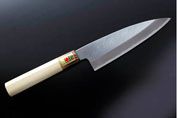
-
Usuba boucho
Usuba knives are Japanese knives used primarily for chopping vegetables. Both the spine and edge are straight, making them resemble cleavers, though they are much lighter.
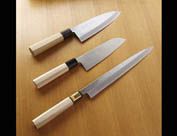
-
Deba boucho
Deba knives are Japanese knives used primarily for cutting fish. They have blades that are 18 cm to 30 cm (7 to 12 inches) long with a curved spine.
+ Chef's knife
+ Paring
+ Utility
+ Bread knife
+ Butter knife
Meat knives
+ Carving
+ Slicing
+ Ham slicer
+ Cleaver
+ Boning
+ Filet
Cheese knives
+ Soft cheese
+ Hard cheese
+ Parmesan cheese

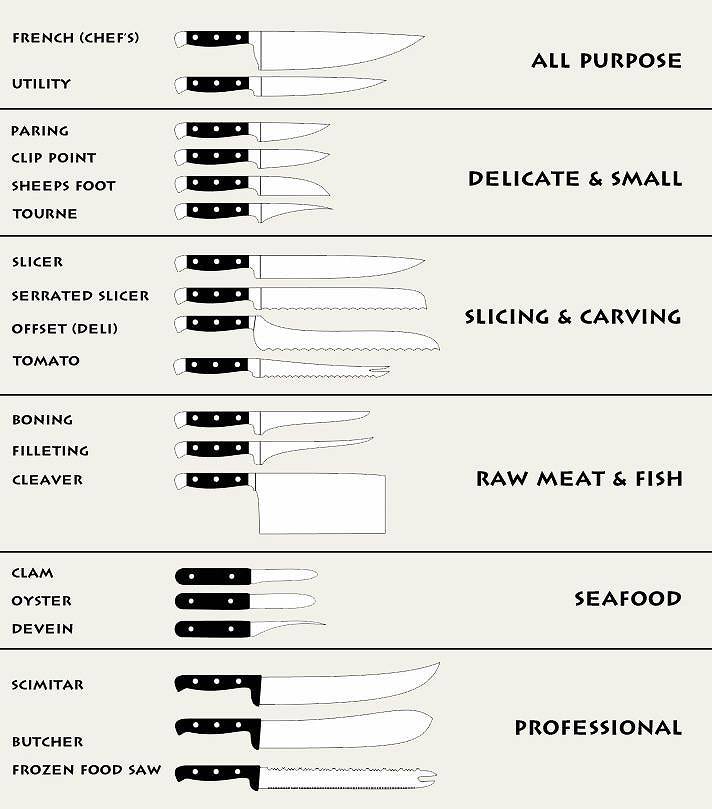


Japanese Knife
+ Small quantity and trial order can be accepted.
+ Payment Terms: 100% advanced payment before shipment only
We can give you a discount!please contact us!


We are a professional Event Organizer Company. Day-by-day, we are handling many items which are somehow in connection with some of our events.
Our motto is: "If YOU are HAPPY, then WE are HAPPY!" which is abbreviated to:YOU HAPPY WE HAPPY.
...for us, this motto has a simple and practical meaning that:
Our customer's happiness IS our happiness!
Concretely, our spectrum of items consists of: Advertising Equipment,Apparel, Consumer Electronics, Funny good, Office School supplies, Restaurant Hotel supplies and others.
Mainly, we are specialized in selling products that are either MADE IN JAPAN or manufactured under JAPANESE SUPERVISION, which means that all items are of:
-outstanding, durable quality
-fine craftsmanship
-unique design
Presently, we are dealing with over 5000 items.


Our company was founded in 1991.
Nowadays we are doing business with many major Japanese companies and up to now, we have organized more than 10,000 famous events in Japan.
Regarding international business, we have widened our sphere of action in order to reach people abroad without limits and boundaries.
To accomplish this goal, we have planted many seeds, and the shoots have already started growing out of the soil. As a result, we already
have customers from New York City, Singapore and so on. In the meantime, we are planting more and more seeds, and waiting for all of them to sprout!


